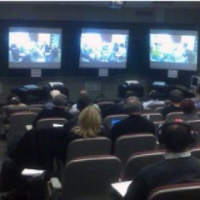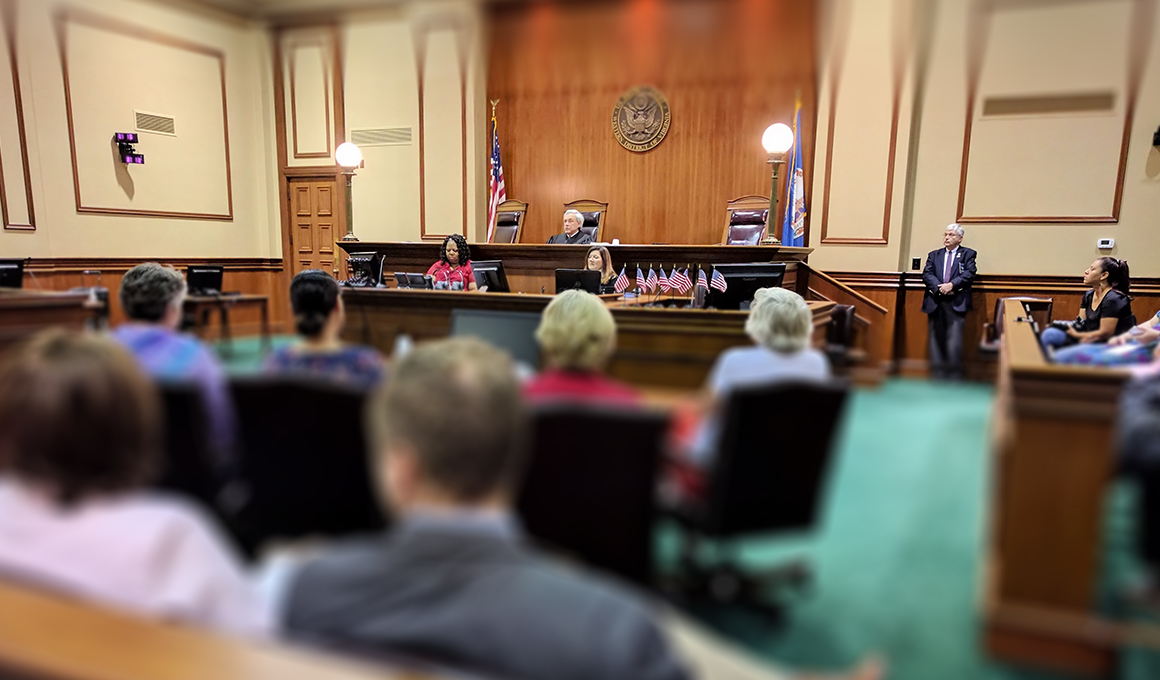The Benefits of Using Visual Aids in Trial Presentations
The Benefits of Using Visual Aids in Trial Presentations
Blog Article
The Power of Visuals in Trial Presentations for a Winning Argument
The combination of visuals in trial presentations has emerged as a vital factor in effectively communicating complicated disagreements to jurors. By making use of various forms of aesthetic help-- be it diagrams, photographs, or animations-- attorneys can enhance understanding and retention, eventually shaping the jury's perception of the instance. This technique not just clears up detailed narratives however also establishes a psychological vibration that can affect decision-making. As we check out the nuances of this method, it becomes important to consider how particular types of visuals can make a significant distinction in trial outcomes. What functional techniques might lawyers employ to maximize this potential?
Importance of Visuals in Trials
In many legal setups, visuals play a critical role in improving the performance of test presentations. The integration of aesthetic elements can dramatically impact jurors' understanding and retention of intricate information, therefore shaping their perceptions and choices. Visuals, such as charts, diagrams, and photos, can streamline detailed narratives, making them extra accessible and compelling.
Moreover, the human mind processes visual info a lot more successfully than text, which highlights the importance of including visuals right into lawful disagreements. By translating thick lawful ideas into visual formats, attorneys can facilitate clearer interaction, ensuring that bottom lines are not ignored during trials.
Furthermore, visuals offer to involve jurors on an emotional degree, cultivating a link to the situation that words alone might fall short to achieve. The tactical usage of visuals can evoke empathy, prompting jurors to consider the human elements of the situation.
Ultimately, the value of visuals in tests exists in their capacity to improve quality, boost juror engagement, and strengthen the story being offered. This potent combination is essential for crafting influential disagreements that resonate with jurors and affect the outcome of legal proceedings.
Kinds of Visuals to Make Use Of
Effective test presentations can substantially benefit from a selection of aesthetic devices that satisfy various facets of the case. trial presentations. Using representations and graphes can efficiently break down intricate info, making it a lot more digestible for jurors. For example, flowcharts can highlight the sequence of events, while bar graphs may succinctly contrast appropriate information factors.

Animations and simulations can likewise play an essential duty, specifically in situations including technical data or complex circumstances. These visuals can dynamically represent processes or activities, offering clearness and engagement that static photos may not achieve.
Additionally, infographics combine message and visuals to summarize important details successfully. They can provide timelines, stats, and considerable situation points in a visually attractive fashion, making it much easier for jurors to adhere to the debate.
Enhancing Comprehension and Retention

Enhancing comprehension and retention during test presentations is crucial for guaranteeing that jurors realize the vital elements of an instance. Aesthetic aids function as powerful devices in this regard, translating intricate information right into conveniently absorbable layouts. By making use of graphes, layouts, and infographics, lawyers can simplify detailed information and emphasize vital factors that may otherwise be overlooked.
Studies have actually revealed that people keep information substantially better when it exists visually. This is particularly important in a trial setup, where jurors might be bewildered by the volume of proof and testament. By tactically including visuals, attorneys can route jurors' attention to one of the most crucial elements of the situation, reinforcing their understanding and memory of the product offered.

Creating Engaging Discussions
Exciting jurors' my company interest during test you could try here discussions is essential for conveying a compelling narrative. Involving discussions leverage aesthetic components to develop an unforgettable experience that reverberates with jurors. The calculated use graphics, animations, and video clips can illuminate intricate info, making it much more easily accessible and relatable.

Additionally, incorporating narration strategies can enhance involvement. Providing evidence in a rational series that constructs sob story permits jurors to connect with the product on an individual level. Varying discussion styles, such as integrating brief video or interactive components, can likewise sustain rate of interest and interest throughout the test.
Eventually, an engaging presentation fosters a much more profound understanding of the situation, enabling jurors to better value the debates existing and resulting in an extra favorable result.
Situation Research Studies and Success Stories
Many study highlight the considerable influence of visuals in test presentations, showing their capacity to affect juror perceptions and ultimately the outcomes of situations. A remarkable instance including an individual injury case highlighted how the usage of a 3D animation of the crash scene cleared up complicated details. Jurors reported really feeling more informed and empathetic, substantially guiding their choice for the visit the website complainant.
In another instance, a company litigation instance used infographics to existing financial data and timelines, making elaborate info obtainable. The aesthetic depiction allowed jurors to grasp the subtleties of the situation better than spoken explanations alone. trial presentations. Consequently, the jury returned a verdict that went beyond the customer's expectations
The compelling visuals not just helped in creating uncertainty but also resonated mentally with jurors, leading to an acquittal. These success stories underscore the requirement of integrating visuals into test presentations, as they improve understanding, retention, and ultimately, the persuasive power of legal debates.
Conclusion
In final thought, the calculated unification of visuals in trial discussions dramatically enhances jurors' understanding and retention of complex info. By making use of various sorts of visuals, lawyers can successfully clear up bottom lines and foster emotional connections with the target market. Involving discussions, sustained by compelling instance research studies, show the extensive effect that visuals can carry persuasive interaction. Inevitably, the power of visuals functions as a critical aspect in achieving desirable test results.
Report this page